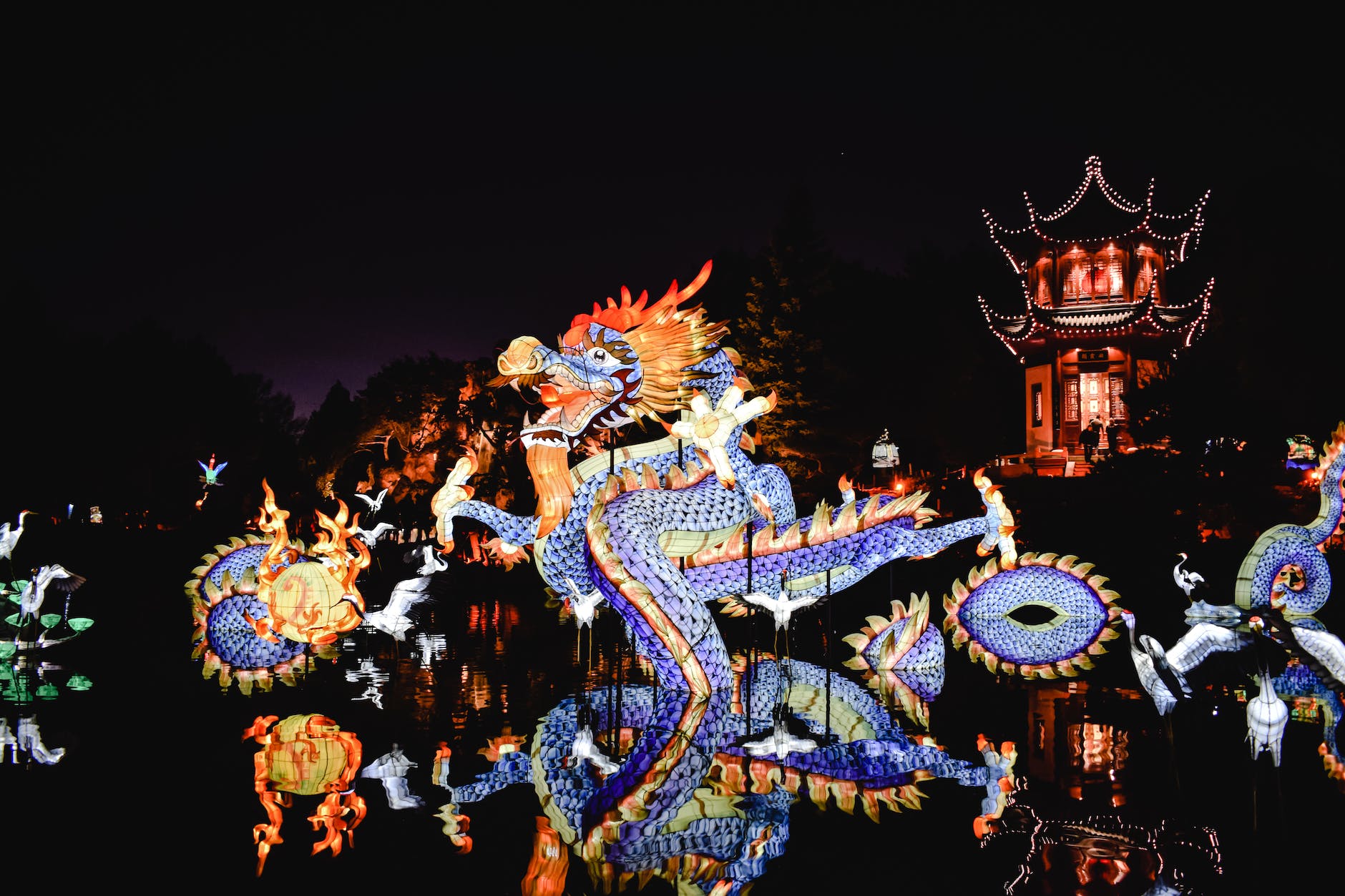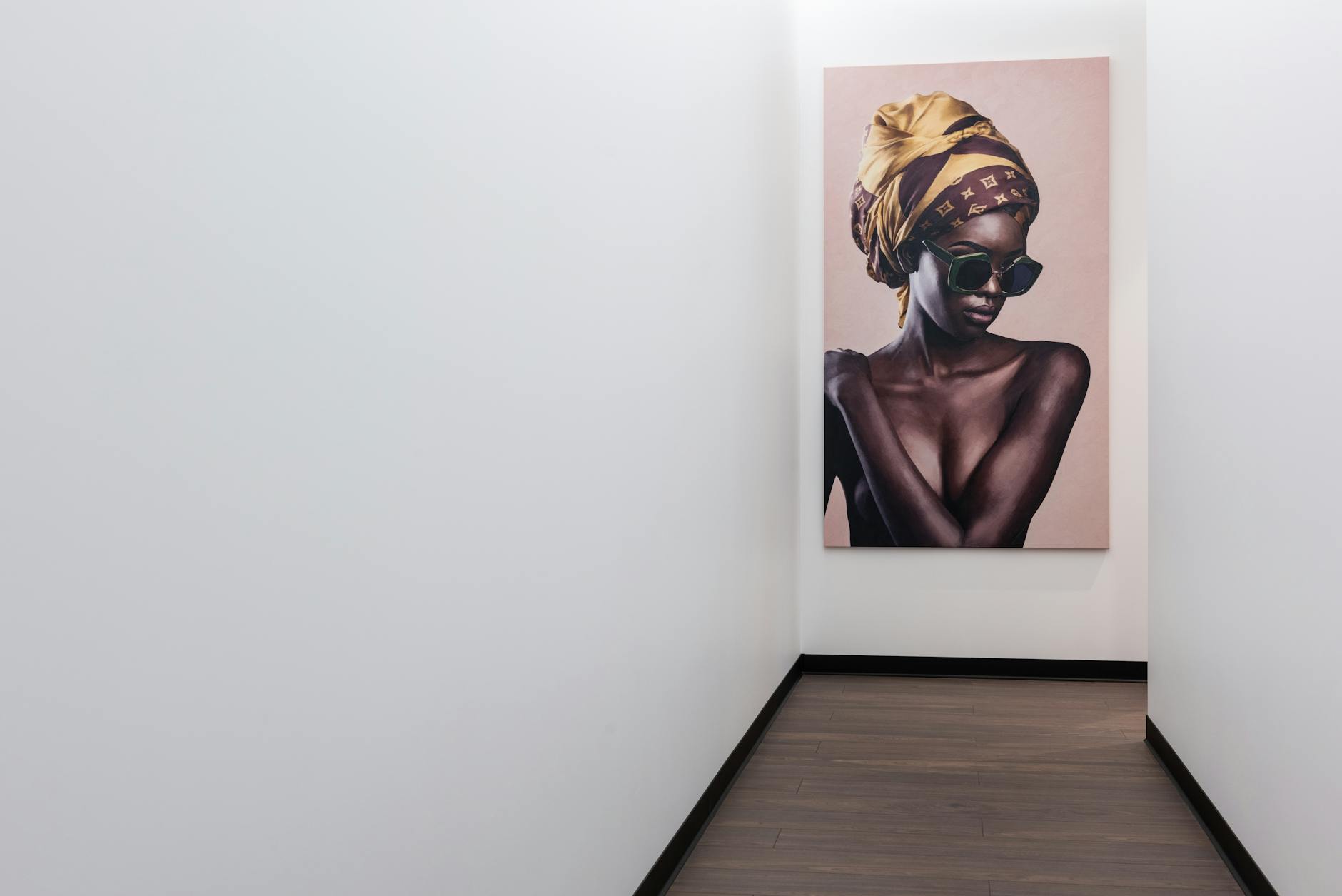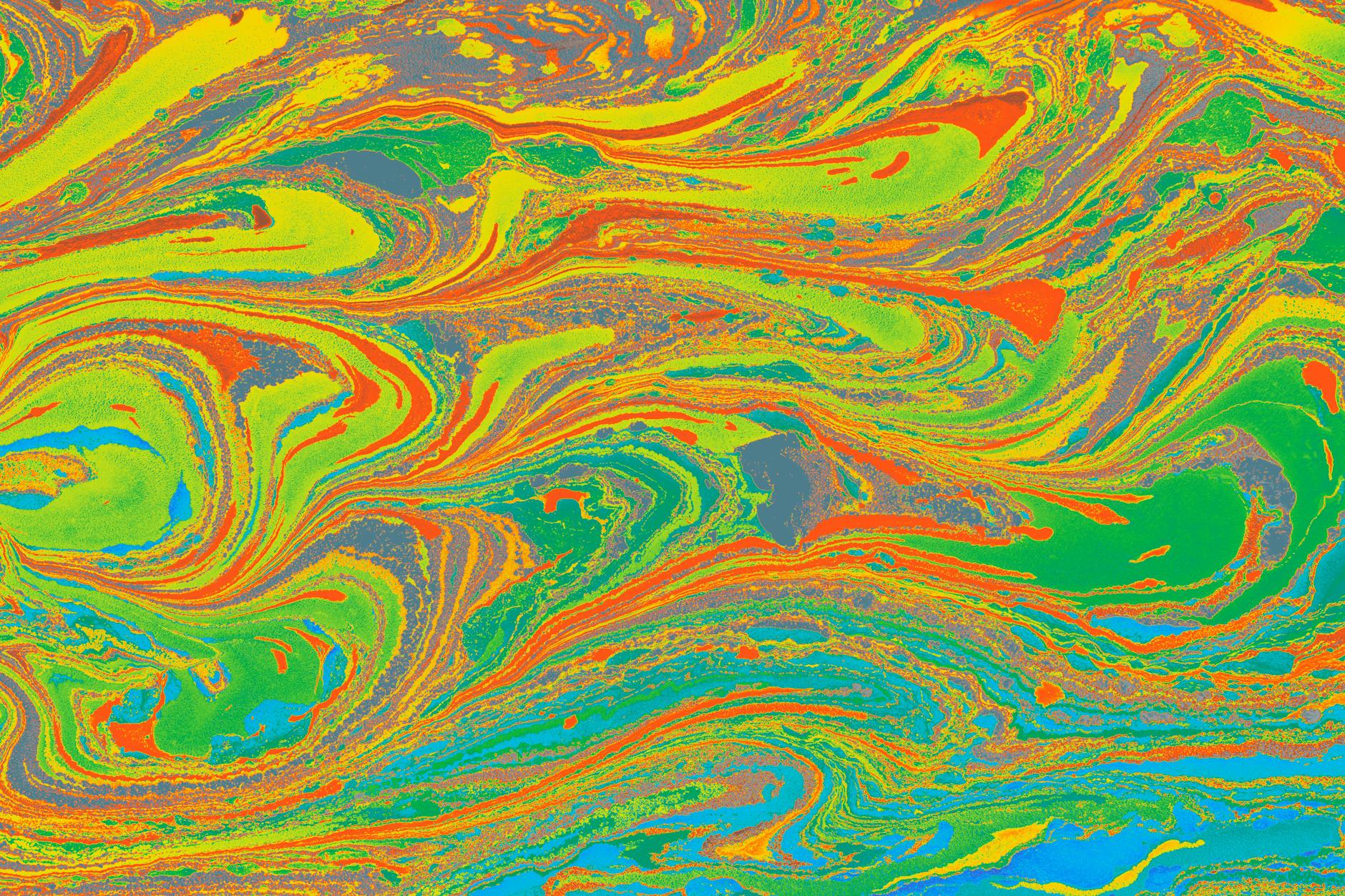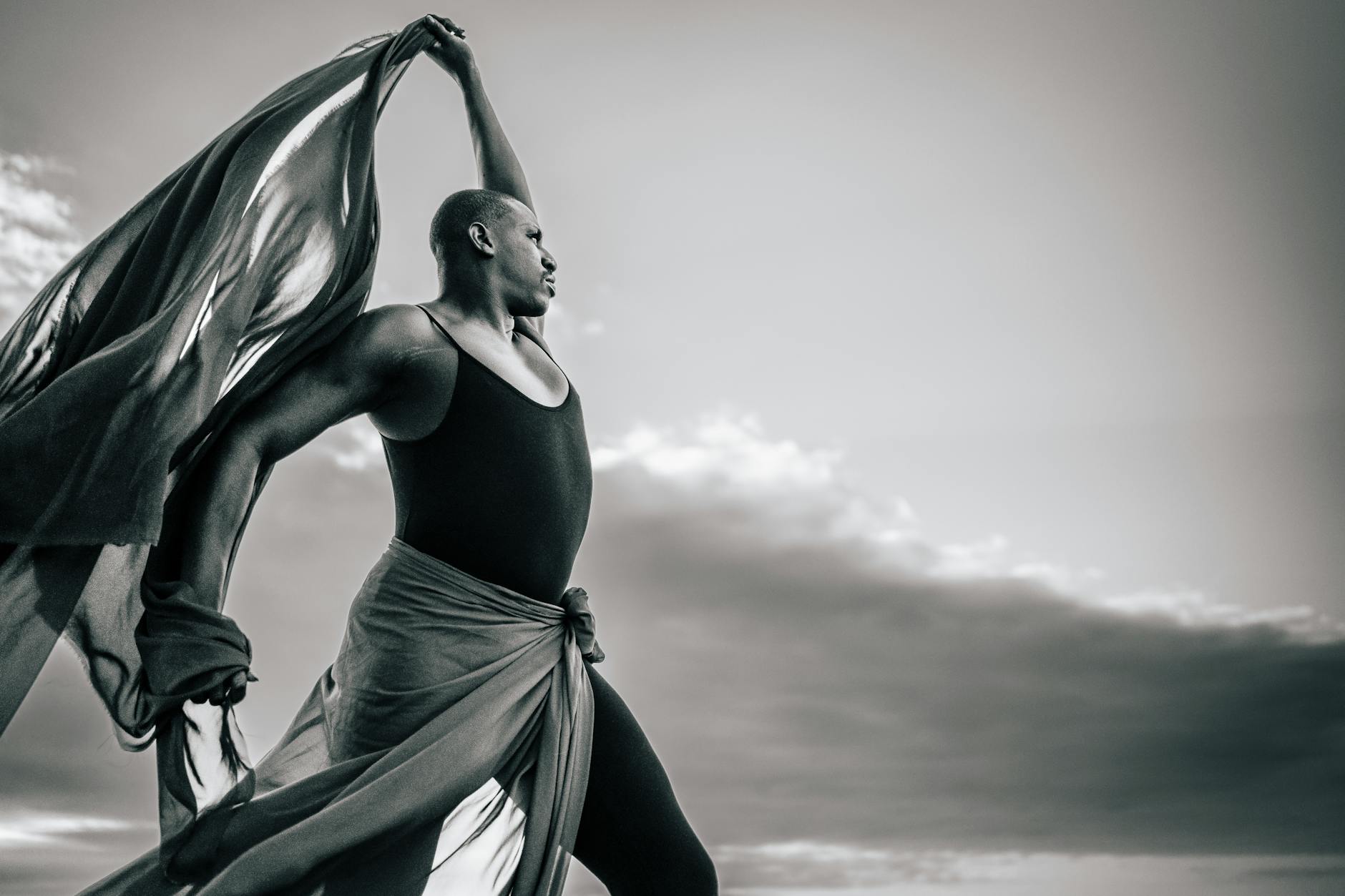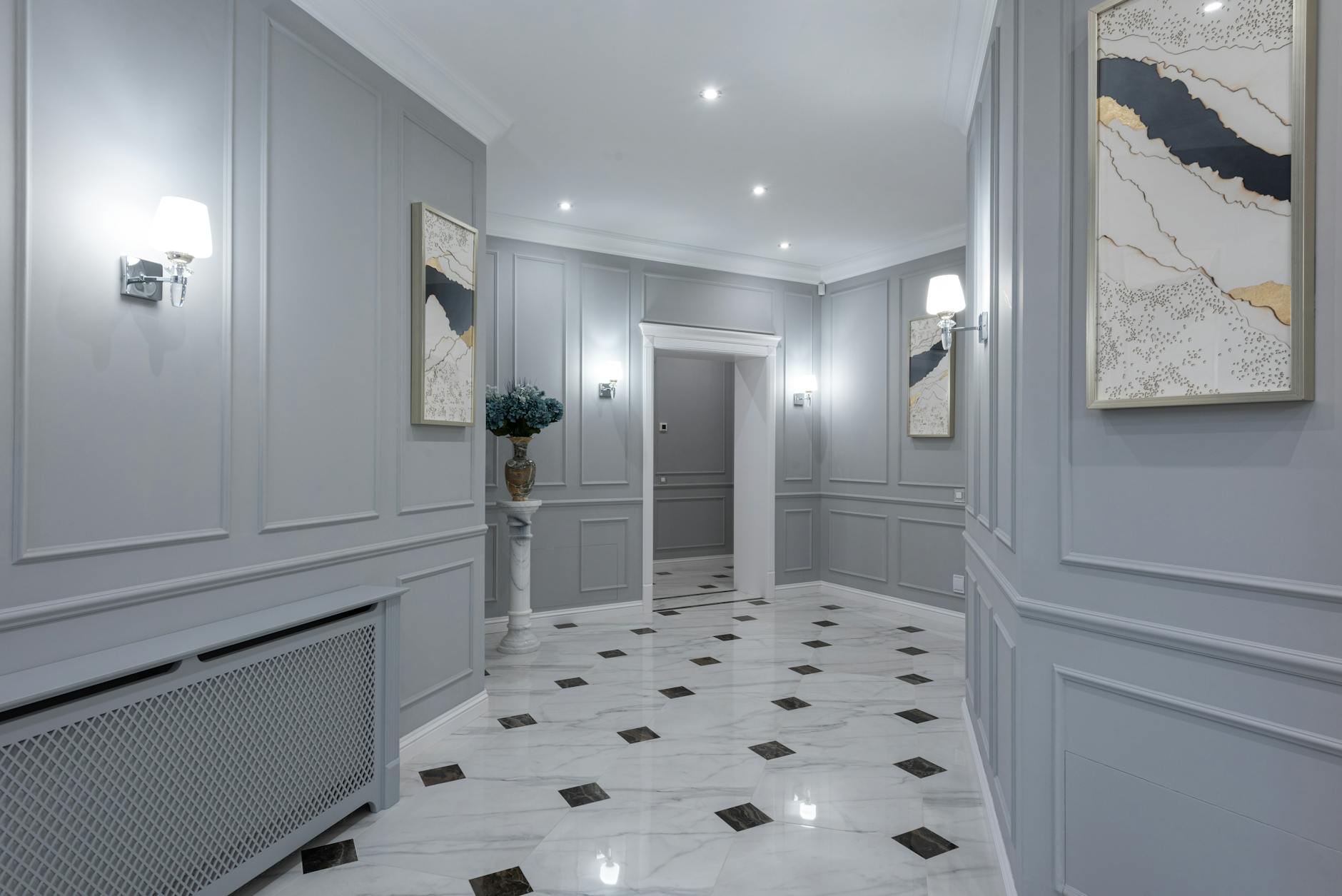The dynamism of art is astonishingly limitless, and today, psychedelic art is making a magical comeback in our contemporary culture. This genre of art, noticeably encrusted with vibrant colors and intricate patterns, plays with the viewer’s perception to produce exceptionally profound, thought-provoking visual experiences. From festival art installations to digital art communities, we are witnessing an awe-inspiring resurrection of psychedelic art in various forms, pushing the boundaries of creativity and artistic expression.
In the age of digital dominance and social media platforms playing a crucial role in content dissemination, local and global digital art communities have access to a broad audience. A whole new tribe of artists who are fascinated by the artistic allure of psychedelia is rising, stretching their imaginations to create art that takes us on a mind-altering journey.
One of the significant indications of this psychedelic renaissance is the mushrooming of festival art installations. Art collectives, like the famous Burning Man, have advanced from mere gatherings to platforms where multitudes of diverse art forms congregate, and psychedelic art finds a welcoming home on these stages. These creations are often grand, enveloping the audience in an immersive artistic experience that transcends the mundane, fostering art for consciousness expansion.
Simultaneously, the world of fashion isn’t excluded from this artistic revolution. Psychedelic fashion has taken center stage, with both mainstream brands and indie designers drawing upon the vibrant rich colors, intricate patterns, and whimsical designs associated with this genre. Fashion pieces demonstrating swirling patterns, elegant fractals, and intense color combinations are gaining immense popularity among consumers, further embedding the psychedelic culture into our daily lives.
Furthermore, the advent of virtual reality experiences has provided an innovative platform for this art genre to blossom further. Artists can now create intricate virtual artscapes, spelling a surreal journey for the observer into a world of hyperreal visuals and kaleidoscopic environments. This tech-infused approach has helped in transforming the way we perceive and interpret psychedelic art, thus bringing about an even more significant resurgence.
Beyond the ideas of entertainment and aesthetic appeal, psychedelic art has found its way into the realm of healing and therapy. A host of art therapy programs have begun incorporating psychedelic art. By encouraging people to create or interact with psychedelic visuals, these programs help them explore their consciousness, unlocking deep-seated emotions and experiences. This type of therapeutic immersion is garnering acclaim for promoting personal growth and self-awareness.
Moreover, urban psychedelic art or street art, characterized by eye-catching murals, vibrant graffiti, and thought-provoking installations, is changing the visual landscape of our cities. Prominent urban areas worldwide are unfolding as open-air museums, displaying mesmerizing psychedelic-signatured murals that highlight social issues. Renowned street artists are increasingly employing psychedelic aesthetics to bring awareness to causes dear to them – thus using art for consciousness expansion in a direct and potent way.
Psychedelic art continues to grow and evolve in our contemporary culture, blurring the lines between different art forms while subduing the presupposed boundaries of traditional art. Its bold resurgence across various platforms – from digital art communities, social media platforms to festival art installations and street art – is a testament to its enduring allure. Whether it’s through immersive virtual reality experiences or expressive psychedelic fashion, its impact is felt across sectors. Furthermore, its integration into art therapy programs reinforces the profound ability of art to heal and stimulate consciousness expansion. Indeed, psychedelic art is not just artistic expression; it’s a movement — thrilling, vibrant, and ceaselessly evolving.




